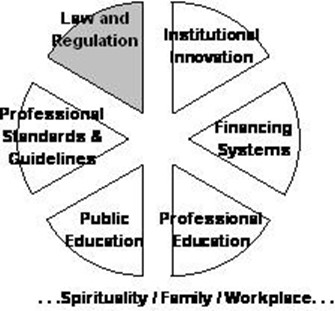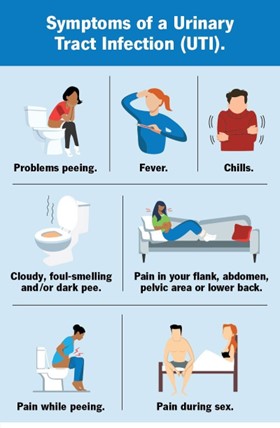A nurse is caring for a client who has been admitted to the mental health unit. While reinforcing teaching about the client's prescribed medications, the nurse communicates truthfully about the adverse effects of the medications. Which of the following ethical concepts is the nurse exhibiting?
Beneficence
Veracity
Justice
Autonomy
The Correct Answer is B
Veracity refers to the ethical principle of truthfulness and honesty in communication. By communicating truthfully about the adverse effects of the client's prescribed medications, the nurse is practising veracity. This means providing accurate and complete information to the client, enabling them to make informed decisions about their healthcare.
Beneficence refers to the obligation of healthcare professionals to act in the best interests of the client and promote their well-being. While the nurse's actions may align with beneficence by providing information about medication adverse effects, it is specifically veracity that is demonstrated in this scenario.
Justice pertains to fairness and equal treatment. Although important in healthcare, it is not directly related to the nurse's communication of adverse effects.
Autonomy refers to respecting and supporting the client's right to make their own decisions about their care. While the nurse's truthful communication about adverse effects supports the client's autonomy, it is the concept of veracity that specifically addresses honesty and truthfulness in communication.
Nursing Test Bank
Naxlex Comprehensive Predictor Exams
Related Questions
Correct Answer is ["C","D","E","F"]
Explanation
A. Inform the client that an advance directive discontinues further care.This statement is incorrect. An advance directive does not discontinue further care but outlines the client's preferences for medical treatment if they become unable to communicate their wishes.
B. Initiate a power of attorney for health care documents.This is not the nurse's responsibility. Initiating a power of attorney for health care documents typically involves legal consultation, and the client should be referred to appropriate resources.
C. Document that the provider discussed do-not-resuscitate status with the client.This is correct. The nurse should document that the provider has discussed DNR (Do Not Resuscitate) status with the client, ensuring that the discussion and decision are clearly recorded in the medical record.
D. Provide the client with written information about advance directives.This is correct. The nurse is responsible for providing the client with written information about advance directives, ensuring the client understands their rights and options.
E. Communicate advance directives status via the medical record and shift report.This is correct. The nurse must ensure that the client's advance directive status is clearly communicated in the medical record and during shift reports to ensure continuity of care.
F. Instruct the client that an advance directive is a legal document and must be honored by care providers.This is correct. The nurse should inform the client that an advance directive is a legal document that healthcare providers are required to honor, according to the client's wishes.

Correct Answer is ["A","D","E","F"]
Explanation
To decrease the risks of a urinary tract infection for this client, the nurse should take several actions. The nurse should encourage the client to drink 3,000 mL of fluid daily to help flush bacteria out of the urinary tract¹. The nurse should also empty the drainage bag when it is half-full to prevent bacterial growth¹.
Additionally, the nurse should review the need for the indwelling urinary catheter daily and use soap and water to provide perineal care¹.

Whether you are a student looking to ace your exams or a practicing nurse seeking to enhance your expertise , our nursing education contents will empower you with the confidence and competence to make a difference in the lives of patients and become a respected leader in the healthcare field.
Visit Naxlex, invest in your future and unlock endless possibilities with our unparalleled nursing education contents today
Report Wrong Answer on the Current Question
Do you disagree with the answer? If yes, what is your expected answer? Explain.
Kindly be descriptive with the issue you are facing.
